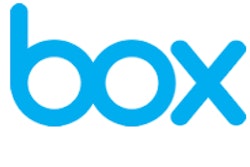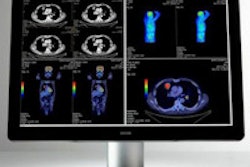Wednesday, December 3 | 3:40 p.m.-3:50 p.m. | SSM13-05 | Room S403A
A representative from medical informatics and vendor-neutral archive (VNA) provider TeraMedica will explore the benefits of the Cross-Enterprise Document Sharing (XDS) and VNA approaches for patient data sharing.Healthcare IT is shifting from systems designed to primarily serve doctors to those with a more patient-centered orientation. This change has been driven in part by VNAs as well as the Integrating the Healthcare Enterprise XDS and XDS (XDS-i) integration profiles, according to presenter Paul Hart.
"As a European who has worked with American medical imaging companies for decades, I have observed the emergence of both technologies in the past few years and noticed how VNA has broadly established a firm hold in the U.S. market, while XDS seems to have become the favored solution in Europe," he said.
While some proponents of one technology may assert that its implementation makes the other superfluous, healthcare IT strategists are finding that some of the differences between XDS and VNAs are complementary.
"Significantly, industrial players in their respective camps are beginning to offer both technologies as a package," Hart said.
While VNAs and XDS are similar in many respects, they also differ significantly in some ways. That's "mainly because they set out to do similar but not exactly the same jobs," Hart said.
As there is inherently no basis to favor one technology over the other, it's the individual situation that will determine the most suitable choice.
"In the emerging world of exponentially increasing, multiple-format clinical objects -- images and other -- the healthcare IT strategist must choose a solution that is infinitely scalable, facilitates interoperability that is not beholden or limited to a single format -- even DICOM -- and puts the power of clinical data ownership back in the hands of the institution in the service of the patient at the center of the enterprise," he said.




















